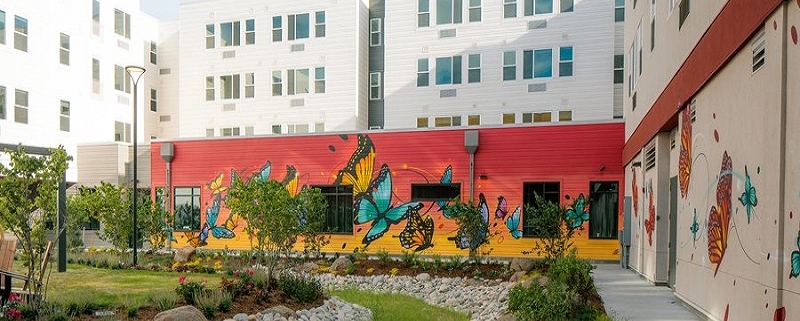Senior Housing Demand Continues To Outpace New Supply
The senior housing market appears set for a steady and ongoing recovery, with occupancy levels in 2024 expected to meet or exceed pre-pandemic levels, provided no unforeseen difficulties occur.
That is the conclusion of an analysis of 3Q 2023 data by the National Investment Center for Seniors Housing and Care (NIC).
Senior housing occupied stock is now 2.6% or 15,026 units above the pre-pandemic 1Q 2020 level, NIC found. Demand continued to outpace new supply for the ninth consecutive quarter. In primary markets, net absorption rose 1.3%, or 7,583 units, from the previous quarter and 4.3%, or 24,627 units, over the prior year. The stock of senior housing in these markets rose 0.4% from 2Q 2023, and 1.3% above the prior year, NIC stated.
However, construction remained below pre-pandemic levels, and the 11,133 units under construction in the year ended 3Q 2023 amounted to less than half the starts reported during all of 2019. A new measure of senior housing, the Absorption-to-Inventory Velocity ratio, stood at 28:10 for primary markets, which implies that for every 10 newly added units, 28 were absorbed. This indicates that the senior housing market has been able to absorb a significantly higher number of units than were added during the third quarter of 2023.
The senior housing all-occupancy rate rose to 84.4% in 3Q 2023. It remained below the 87.1% rate of 1Q 2020. However, it is expected to reach or exceed that level in 2024, NIC predicted. Risks remain in the form of economic uncertainty and the possibility of a future threat to public health.
However, current capital market conditions and the resulting lending environment, today’s relatively limited construction pipeline, and elongated delivery times of new projects suggest that supply growth is manageable and is not expected to outpace demand through 2024, the report noted.
It also pointed to differences in the all-occupancy rate between independent and assisted living facilities in primary markets. It stood at 86% for majority independent living properties, a 0.7% increase from 2Q 2023. For assisted living, it stood at 82.6%, up 0.9%. Though occupancy for both was above pandemic lows, in neither case did it reach pre-pandemic 1Q 2020 levels.
In secondary markets, though, the occupancy rate for majority assisted living facilities reached 84.3%, slightly above its 1Q 2020 level of 84.2%, indicating a full recovery explained by limited inventory growth and restrained supply pipelines. The one good thing that did emerge from the pandemic, NIC commented, is increased recognition of the value proposition that senior housing offers. It also highlighted the resilience and adaptability of senior housing operators.
Source: GlobeSt.




